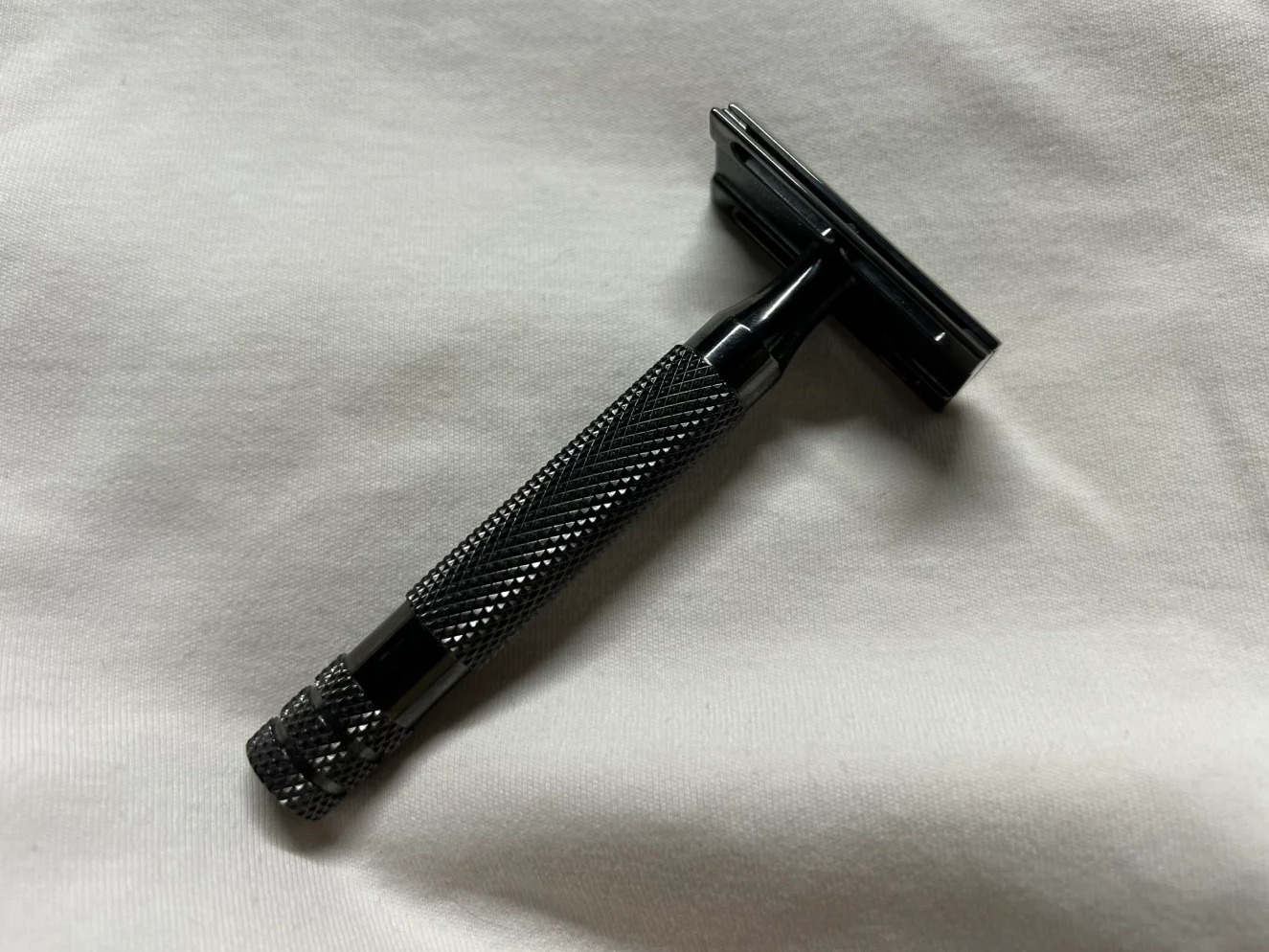Teflon Coating: The Ultimate Solution for Non-Stick and Wear-Resistant Parts
Introduction
Teflon coating, widely known for its exceptional non-stick and low-friction properties, is a high-performance fluoropolymer surface treatment ideal for protecting 3D printed parts. Teflon coatings (typically PTFE, FEP, or PFA) are applied as a thin film and offer excellent chemical resistance, wear resistance, and thermal stability up to 260°C. This makes them indispensable in demanding industries such as food processing, chemical handling, electronics, and aerospace, where smooth, cleanable, and durable surfaces are essential.
This blog’ll explore how Teflon coatings work, their key performance benefits for 3D printed components, suitable materials, industrial application examples, and how they compare to alternative protective coatings.
How Teflon Coating Works and Quality Assessment Criteria
Teflon coating involves applying a dispersion of fluoropolymer-based materials (e.g., PTFE) onto the surface of a part, followed by a curing process that bonds the coating to the substrate. The result is a chemically inert, ultra-low-friction finish.
Key Quality Assessment Criteria:
Non-Stick Performance: Measured by contact angle analysis (typically >100°), Teflon coatings ensure excellent release properties and prevent material buildup.
Coefficient of Friction: Teflon exhibits extremely low friction (0.05–0.2), verified using ASTM D1894, making it ideal for sliding or rotating components.
Chemical Resistance: Tested to ASTM D543, Teflon withstands exposure to acids, bases, solvents, and corrosive gases without degradation.
Thermal Resistance: Stable up to 260°C for continuous use, and up to 300°C for short-term exposure, validated by thermal cycling and decomposition tests.
Teflon Coating Process Flow and Key Parameter Control
The Teflon coating process is typically carried out in the following steps:
Surface Preparation: Substrates are degreased, grit-blasted (Ra 1–2 µm), and cleaned to promote strong mechanical adhesion.
Primer Application: A fluoropolymer-compatible primer is applied to improve coating adhesion on metal and non-metallic surfaces.
Topcoat Spraying: A Teflon dispersion is applied via electrostatic or conventional spray methods, achieving a uniform coating thickness of 15–50 µm.
Curing: The coated part is baked at 300°C–400°C, depending on the specific fluoropolymer system, initiating cross-linking and film formation.
Final Inspection: Coating thickness, adhesion (ASTM D3359), surface smoothness, and non-stick properties are verified.
Applicable Materials and Scenarios
Material Type | Common Alloys or Grades | Applications | Industries |
|---|---|---|---|
Valve components, pump internals | Chemical, Medical | ||
Mold components, heat exchangers | Food Processing, Aerospace | ||
Forming tools, sliding mechanisms | Industrial, Automotive | ||
Wear-resistant guides, non-stick prototypes | Consumer Goods, Medical Devices |
Teflon coatings are most beneficial for metal and heat-resistant resin parts that require non-stick, chemical-proof, or low-friction properties.
Advantages and Limitations of Teflon Coating for 3D Printed Parts
Advantages:
Excellent Non-Stick Properties: Ideal for preventing residue buildup in applications involving adhesives, food, or chemicals.
Superior Chemical Resistance: Inert to nearly all chemicals, making it ideal for aggressive environments.
Low Friction Performance: Reduces energy consumption and wear in moving components.
Thermal Stability: Operates safely under continuous heat loads up to 260°C without degradation.
Limitations:
Surface Preparation Required: Effective adhesion requires thorough substrate cleaning and surface roughening.
Limited Thickness Range: Excessive build-up may result in flaking or delamination under stress.
Cost: More expensive than basic coatings due to material and high-temperature curing requirements.
Not Suitable for High-Load Structural Applications: While wear-resistant, it is not load-bearing and should not replace mechanical hardening processes.
Teflon Coating vs. Other Surface Treatments
Surface Treatment | Description | Non-Stick | Wear Resistance | Chemical Resistance | Max Temp. | Applications |
|---|---|---|---|---|---|---|
Fluoropolymer-based, low-friction coating | Excellent | Excellent | Excellent | 260°C | Food, Chemical, Medical | |
UV-cured resin finish | Moderate | High | Moderate | 100°C | Electronics, Automotive | |
Thermoset polymer coating | Low | Excellent | Good | 200°C | Industrial, Outdoor Equipment | |
Electroplated chromium layer | Poor | Excellent | Moderate | 180°C | Automotive, Tools |
Application Cases for Teflon-Coated 3D Printed Parts
Food Processing Equipment: Teflon-coated aluminum components such as hoppers and chutes prevent food adhesion and enable easy cleaning, complying with FDA standards.
Chemical Valve Components: Stainless steel valve cores coated with Teflon resist acid corrosion and reduce maintenance intervals.
Forming Tools and Dies: 3D printed tool steel parts benefit from reduced friction and longer wear life when coated with PTFE.
Consumer Product Molds: Mold inserts with Teflon coatings ensure easy part release and improve production throughput in prototyping environments.
FAQs
What are the main benefits of Teflon coating for 3D printed parts?
Which materials are most compatible with Teflon surface treatments?
How does Teflon coating compare to powder coating or UV coating?
Is Teflon coating safe for food-contact components?
What industries benefit most from Teflon-coated 3D printed parts?

